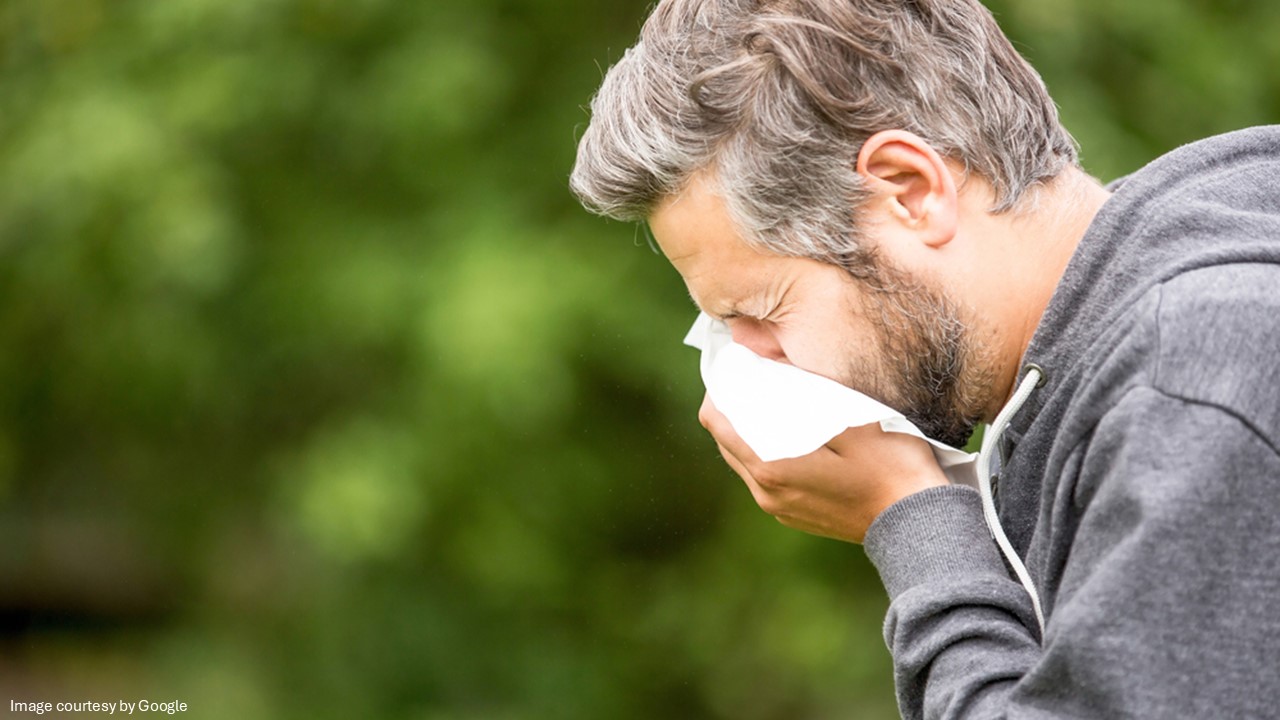Allergic reactions show a complex interplay between the human immune system and external substances known as allergens. These allergic reactions can be mild to severe or life-threatening, affecting millions of people worldwide. It is important to comprehend the underlying mechanisms of allergic responses for effective diagnosis, management, and prevention of allergic diseases. This exploration delves into the detailing of allergic reactions. The body’s immune response to allergens sheds light on a wide range of allergic conditions that affect men and women of all ages and backgrounds.
Definition of allergy: According to experts, allergic reactions are defined as the exaggerated immune responses to allergens (harmful substances) that trigger the body’s immune system. The job of the immune system is to defend the human body. It is designed to protect against germs, including viruses, fungi, and bacteria that can give rise to infections and illnesses. But it mistakenly recognises certain substances as a threat, contributing to an immune response. This hypersensitivity reaction affects multiple organs throughout the body, leading to a broad range of symptoms. In recent decades, the prevalence of allergic reactions has increased, ultimately giving rise to public health concerns across the world. As per reports from the World Allergy Organisation, allergic diseases affect up to 30 to 40% of people across the world, with the rates continuing to rise, especially in developed countries. The most reported allergic conditions include allergic rhinitis (hay fever), atopic dermatitis (eczema), allergic asthma, food allergies, and insect sting allergies.
What are the symptoms of an allergic reaction?
The symptoms can be mild to severe and may include skin reactions, respiratory problems, wheezing, sneezing, coughing, and digestive issues like vomiting and diarrhoea. Symptoms also vary from person to person, depending on the severity.
Immune response to an allergic reaction
Allergies and immune response: As mentioned above, the immune response to allergens is described as a complex interplay among different constituents of the immune system, such as immune cells, inflammatory mediators, and antibodies. The entire process, which is typically divided into several stages, starts with sensitisation and finally leads to the development of allergic symptoms upon re-exposure to the allergen. The stages are explained here:
-
- Sensitisation – The immune system overreacts by producing antibodies called Immunoglobulin E(IgE). It happens when the initial exposure to an allergen triggers the immune system. These antibodies bind to the immune cells that cause an allergic reaction. These allergic reactions typically manifest as symptoms in the nose, throat, sinuses, lungs, ears, stomach lining, or on the skin.
- Activation – On re-exposure to the allergen, crosslinking of IgE antibodies on the immune cells triggers the release of inflammatory mediators. Inflammatory mediators, including histamine, cytokines, and leukotrienes, are small proteins that are crucial for amplifying and terminating different types of inflammatory responses. As these inflammatory mediators initiate and regulate an immune response, which leads to the engagement of other immune cells, increased vascular permeability (a condition referred to as the abnormal leakage of fluids from blood vessels into the surrounding tissues), vasodilation (relaxation of smooth muscles), and inflammation in the tissues.
- Effector phase – This phase of the allergic response is defined by the expression of symptoms that usually vary depending on the site, as well as the severity of the reaction. Individuals suffering from allergic rhinitis may experience symptoms such as nasal congestion, sneezing, itching, or watery discharge. Individuals with allergic asthma may show symptoms like chest tightness, wheezing, coughing, and breathlessness. In severe cases, anaphylaxis may occur, which contributes to symptoms like respiratory distress, hypotension, and loss of consciousness.

Types of allergy disease
People with a family history can have mild to serious and life-threatening conditions (anaphylaxis). Individuals with a history of allergies have a higher risk of developing allergic conditions. Types of allergic diseases include hives, hay fever, eczema, food allergy and asthma. An allergic reaction initiates in the immune system. If you’re allergic to certain substances such as mould, dust, and pollen, and you come in contact with them, your immune system begins to overreact. It may form antibodies that attack the substance. An allergen generally causes an allergic reaction. They can cause itching, watery eyes, an itchy nose, and other symptoms.
Management of allergic reactions
The management of allergic reactions typically involves a comprehensive approach which includes:
Clinical history: A detailed history is required to recognise potential allergens that trigger an allergic reaction, as well as other triggering factors to determine the severity and frequency of allergic symptoms.
Testing: Allergy tests usually include patch tests, skin prick tests, and blood tests (specific IgE antibody tests). Oral food challenges also help in identifying specific allergens and confirm the diagnosis of an allergic condition.
Avoiding Allergens: One of the most effective allergy response treatments is to deal with an allergic reaction is to avoid exposure to known allergens that possibly trigger an allergic reaction. This may involve dietary changes, environmental controls (dust mite covers, air filters), and lifestyle modifications to minimise exposure to allergens.
Medicinal treatment: The treatment options for allergic reactions include corticosteroids, antihistamines, mast cell stabilisers, and leukotriene receptor antagonists to treat symptoms and associated inflammation. What does allergy medicine do? Well, most of these medications block the activity of certain chemicals that contribute to allergic symptoms, such as sneezing, a runny nose, a blocked nose, itchy eyes, and watery eyes. For more information regarding the working of these medicines, don’t hesitate to get in touch with your healthcare provider.
Immunotherapy: This includes allergy shots and allergy drops for individuals with severe allergic asthma, allergic rhinitis, or insect sting allergies. The type of therapy involves the regular administration of allergen extracts for desensitising the immune system and causing the reduction of the severity of allergic reactions over time.
Preparing for Emergencies: Individuals with a history of severe allergic reactions, including anaphylaxis, should always carry an Epinephrine auto-injector and be aware of its proper use. Use of epinephrine is essential for reversing the serious symptoms and preventing associated life-threatening complications.
Conclusion
Allergic reactions affect millions of people worldwide and impact their quality of life. Decoding the immune response to allergens is crucial for understanding the mechanisms behind allergic reactions and developing effective methods to manage and prevent them. Efforts such as continuous research, clinical trials, and education can help enhance our understanding of allergic diseases, improve access to treatments, and ultimately alleviate symptoms.




